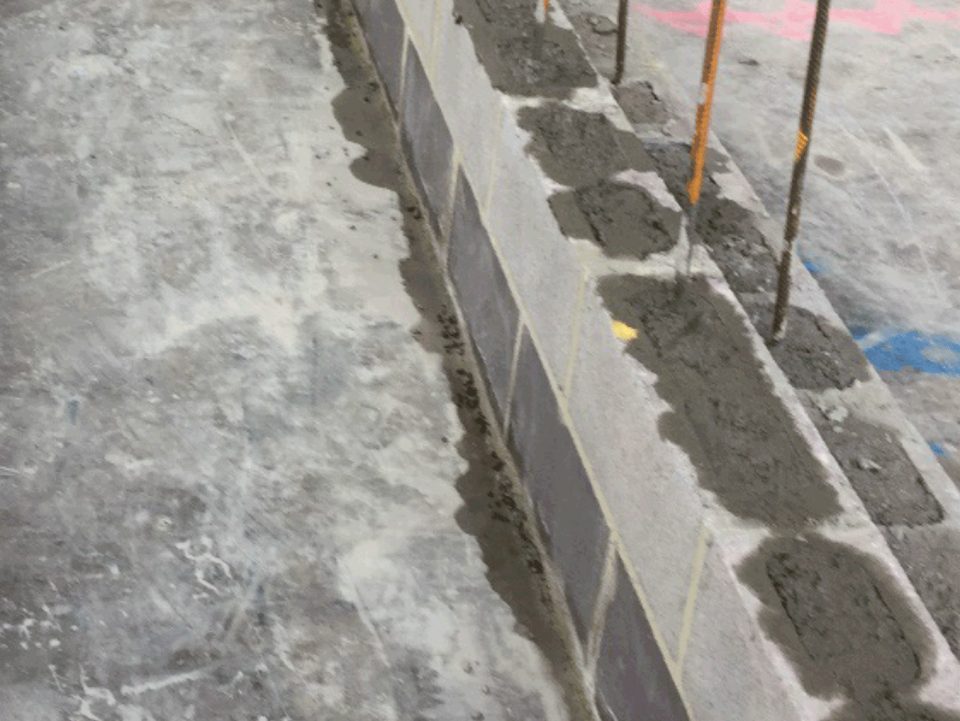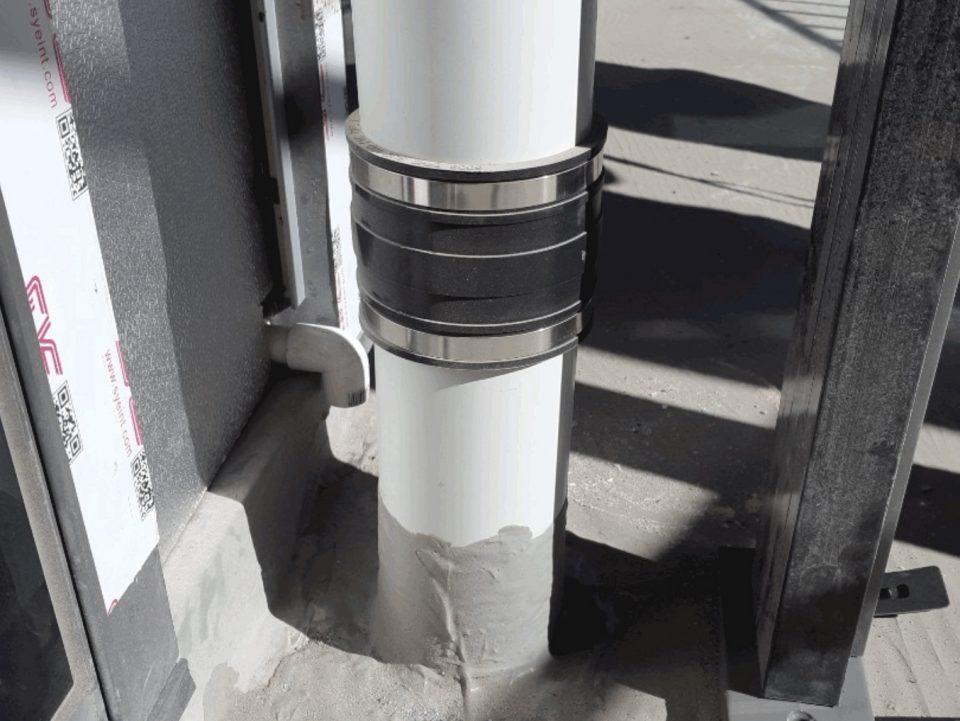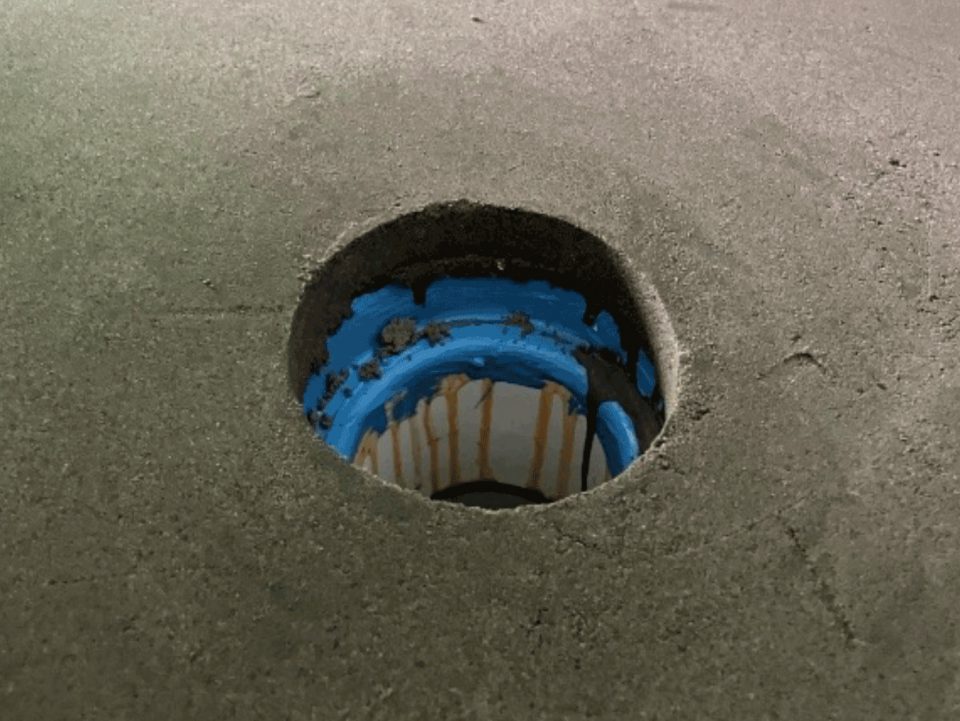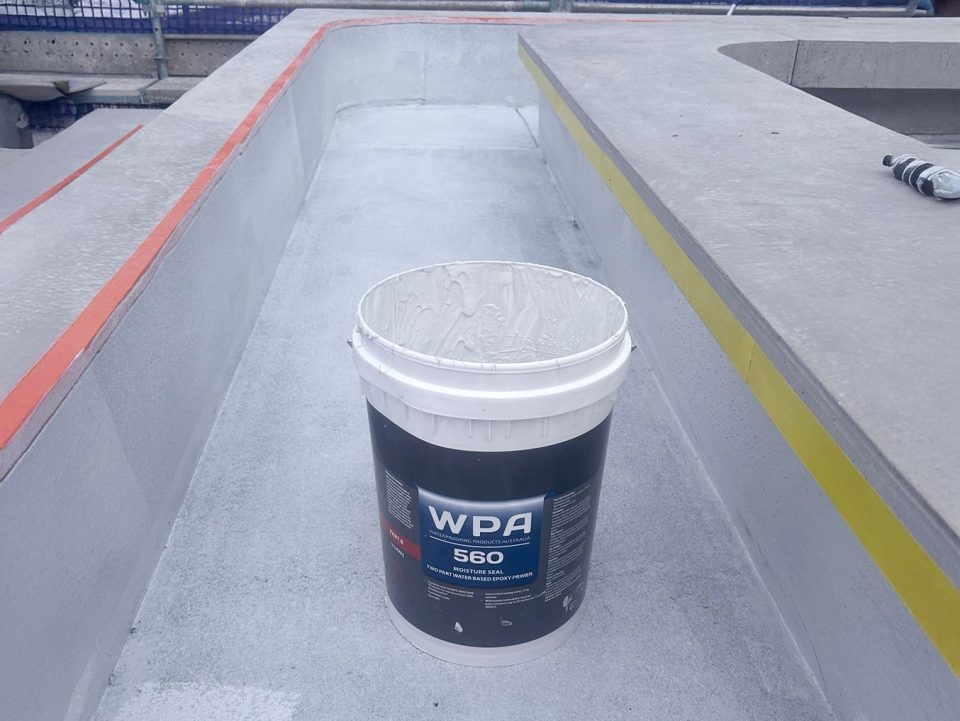Home Cuppa Convos Cuppa Convos What’s Going on Here?
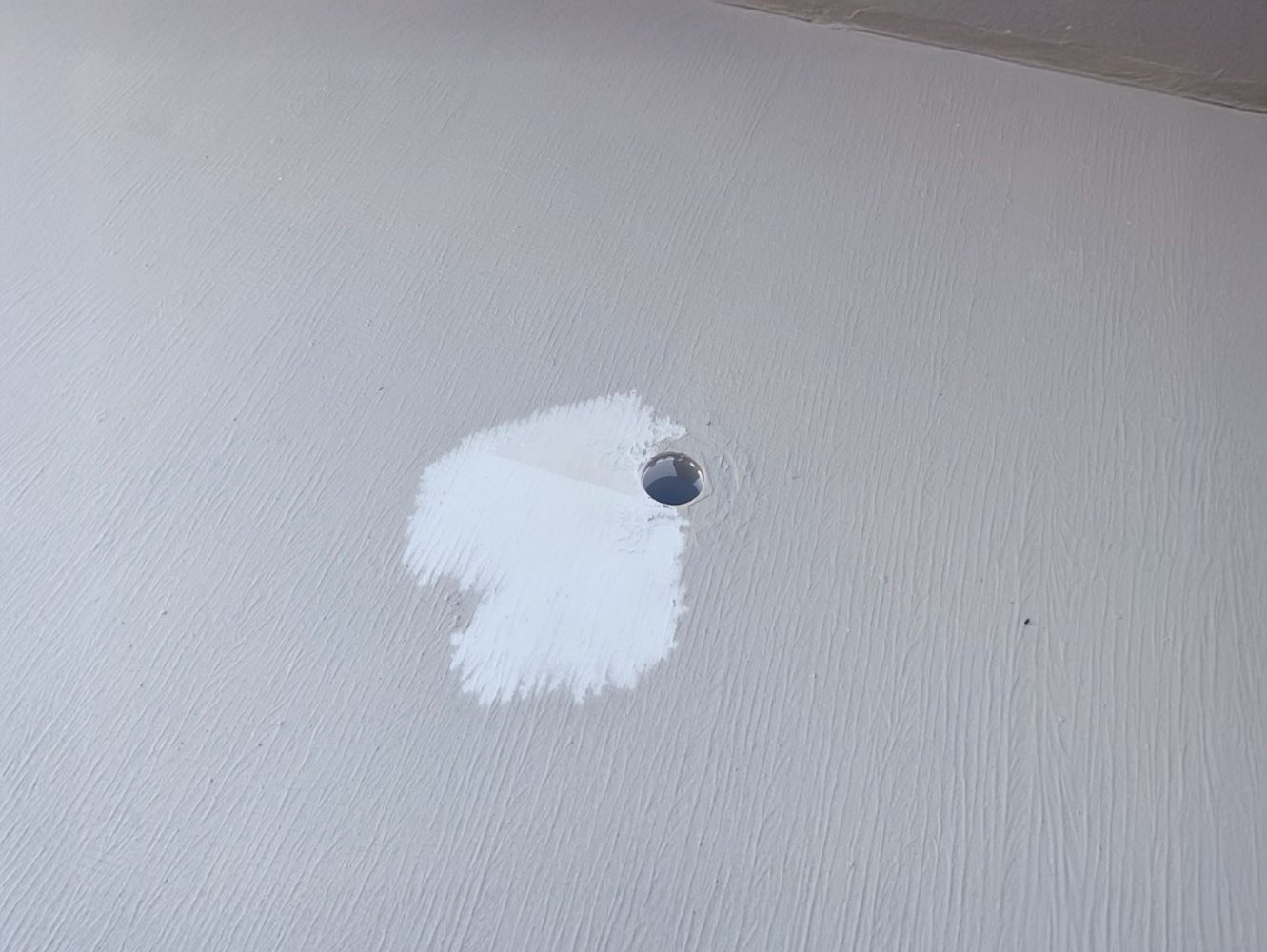
What’s going on with this Pinhole-Pocked Membrane?

Have you ever seen a membrane look like this? What you’re looking at are tiny bubbles formed due to concrete outgassing. Outgassing happens when air and moisture trapped within concrete escape to the surface, often during the curing process. This leads to pinholes and blisters, which can compromise the membrane’s integrity.
The main causes? Outgassing typically occurs when temperatures rise, increasing the pressure inside the concrete. The warmer it gets, the more air and moisture force their way out. It can also happen when coatings or membranes are applied too early, before the concrete has had a chance to fully dry.
How to prevent it?
- Proper surface preparation: Make sure the concrete has been allowed to fully cure before applying a membrane.
- Control temperatures: Try to apply coatings when temperatures are stable, ideally in the cooler parts of the day.
- Use primers: Primers can help seal the surface, reducing the chances of outgassing. Applying 2 coats of a moisture vapour barrier like WPA 560 will greatly increase your success rate in preventing outgassing from occurring.
While outgassing can be tricky, the right precautions can help prevent these defects and ensure a smooth, long-lasting membrane.
What’s going on with this Natural Stone Surface?

The handy thermal camera reveals there is moisture trapped under this natural stone surface. This causes a 'picture frame effect' as the moisture tries to find its way out of the weakest points, which in this case are the grout joints. In this example, there is a high chance of efflorescence forming. Efflorescence is a crystalline deposit of salts that can form when water is present within certain building surfaces. The probable cause is a rain event prior to grouting the natural stone.
What’s going on with this Failing Membrane?

We’ve encountered a failed liquid-applied bitumen membrane on a retaining wall, leading to water ingress into a habitable area. There are likely a few reasons this has happened. First, poor substrate preparation could have left the surface unsuitable for the membrane to bond effectively. Second, the absence of a primer to aid in the membrane’s adhesion properties. Third, the absence of a root barrier protection may have allowed plant roots to penetrate, undermining the membrane’s integrity. Fourth and the most likely cause of the issue, is inadequate membrane thickness, which has caused the membrane to deteriorate prematurely.
While liquid-applied bitumen membranes have their place, they aren't always the best choice for retaining walls. A more suitable membrane system, combined with proper prep, could have prevented this headache! Proper preparation is key to long-lasting waterproofing.
How to prevent it?
- Surface prep: Properly clean and prime the substrate before applying a membrane.
- Root protection: Install root barriers to stop plant roots from damaging the membrane.
- Choose the right system: Select a membrane better suited for long-term moisture protection.
By using the right products and preparation techniques, you can avoid the pitfalls of failed waterproofing systems, ensuring the longevity of your project.
What’s going on with this Mangled Sheet Membrane?

We’ve come across a sheet membrane application that has failed to deliver effective waterproofing, leading to potential damage to the substrate below. There are a few key reasons this failure has occurred.
First, not enough heat was applied during installation, preventing the membrane from adhering properly to the surface. Without sufficient heat, the bond becomes weak, allowing moisture to seep through.
Second, an insufficient overlap between membrane sheets has left gaps where water can penetrate. Overlap is crucial to creating a continuous, watertight barrier, and here it wasn’t achieved.
Finally, a cut has gone through the base layer and into the substrate, which is a critical error. This is, in large part, due to using the incorrect knife blade. Any breach in the base layer provides a direct path for water to reach the underlying material, severely compromising the waterproofing.
While sheet membranes can be effective in many situations, the key to success lies in the correct application, which was overlooked in this instance.
How to prevent it?
- Heat application: Ensure adequate heat is applied to bond the membrane securely to the surface.
- Correct installation: Carefully set out and apply the membrane evenly to avoid weak spots.
- Overlap: Maintain the proper overlap between sheets to form a continuous, watertight layer.
- Avoid damage: Prevent cuts or breaches through the membrane that could expose the substrate. Using a hook blade would have prevented damage in this instance.
By using the right application techniques, tools, and attention to detail, you can prevent issues like these and ensure your waterproofing system holds up over time.
What's going on with this Miscoloured Membrane?

Recently, our technical team found this discoloured membrane while out on a site inspection. The membrane surrounds a puddle flange set in a rooftop, and the discolouration was caused by ponding water. A weather event occurred before the membrane had finished curing. Even though the water has since evaporated, it has left the membrane pale and eroded.
From looking at this image, we can deduce a few things.
- The puddle flange is not the lowest point of the pool floor. Australian Standard AS 4654.2 states that falls are essential for ensuring water runoff on surfaces that are exposed to elements. A puddle flange like this should be the lowest point of the surface and have a minimum fall of 1:100
- The puddle flange is not set evenly. Looking at the way the membrane discolouration lies, we can see that the water ponded around only one side of the drain. This means that only half of the puddle flange was incorrectly set. Unfortunately, 50% is rarely a passing score, and there are no exceptions in waterproofing.
- Membrane application is never enough on its own. Despite the membrane being beautifully applied in this instance, a membrane is only as efficient as its surrounding architecture. Consult the manufacturer’s guidelines prior to the application process to make sure the bones of your structure are ready for a membrane to be applied.
When it comes to the prevention of ponding water, remember that gravity is your friend. Always check your falls thoroughly with the proper tools before the installation of expensive waterproofing membranes.
